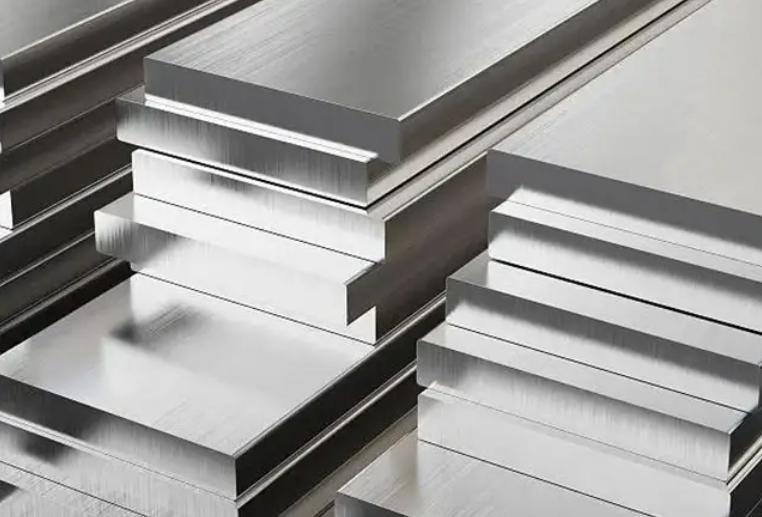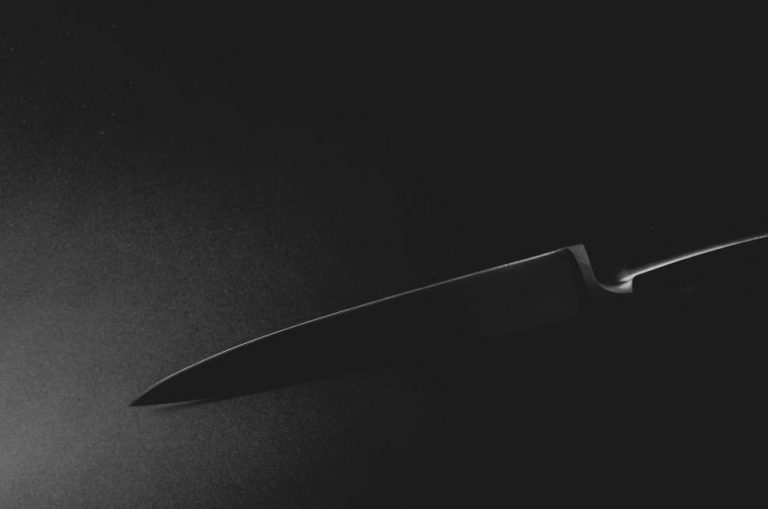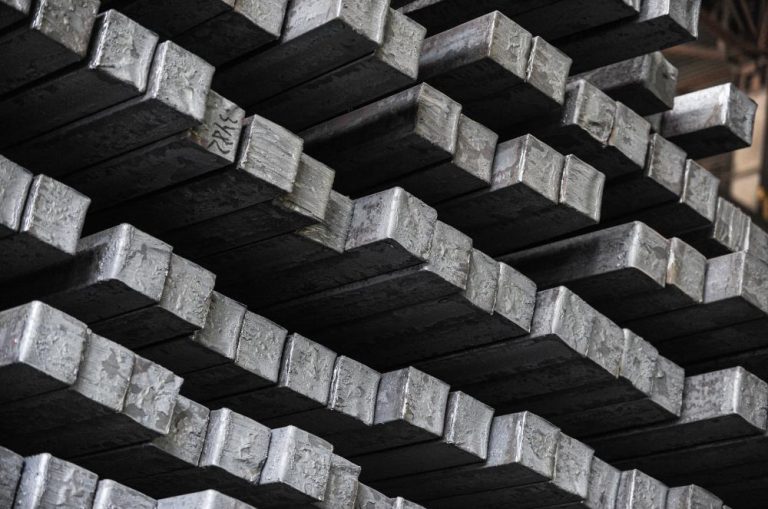K110 steel has garnered attention from knife enthusiasts and makers due to its strong performance and reasonable price. Developed by Austria’s Bohler company, this steel shines in edge retention, wear resistance, and versatility, holding its own against pricier options.
This guide will help you understand K110’s composition, properties, best uses, and how it stacks up against popular steels like D2, 14C28N, and M390.
Overview of K110 Steel
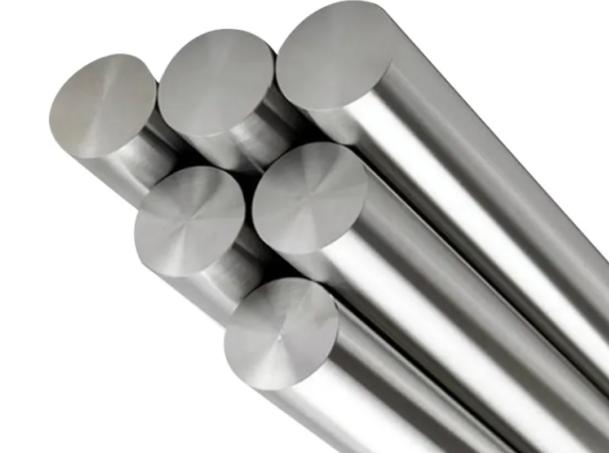
K110, named for “Kaltarbeitstahl” (German for “cold work steel”), is a mid-range tool steel produced by Bohler, equivalent to D2 steel (material number 1.2379).
steels like 8Cr13MoV and premium options like M390, K110 offers a compelling balance of performance and affordability.
Its high carbon and chromium content deliver excellent hardness and durability. While not classified as stainless steel, K110 provides moderate corrosion resistance.
Through heat treatment, K110 can achieve hardness levels of 58-62 HRC, making it suitable for a variety of knives, from chef’s knives to outdoor blades.
Composition of K110 Steel
K110’s chemical composition is tailored for high-performance knife blades:
- Carbon (1.55%): Carbon is the primary hardening agent, increasing hardness and edge retention but potentially reducing toughness.
- Chromium (11.3%): Improves wear resistance and offers some rust protection.
- Molybdenum (0.75%): Increases toughness to prevent chipping.
- Vanadium (0.75%): Boosts wear resistance for durability.
- Manganese (0.3%): Optimizes quenching and strength.
- Silicon (0.3%): Enhances strength and heat resistance.
K110’s composition is built for edge retention and durability, with maintenance as the trade-off:
The 1.55% carbon and 0.75% vanadium form hard carbides, letting K110 stay sharp through demanding cuts, rivaling premium steels like M390.
Chromium (11.3%) offers enough corrosion resistance for most uses but demands regular care, as it’s not stainless.
Molybdenum (0.75%) adds toughness to prevent chipping, balancing the steel’s high hardness.
This makes K110 a go-to for custom knives where cutting performance trumps ease of upkeep.
Properties of K110 Steel
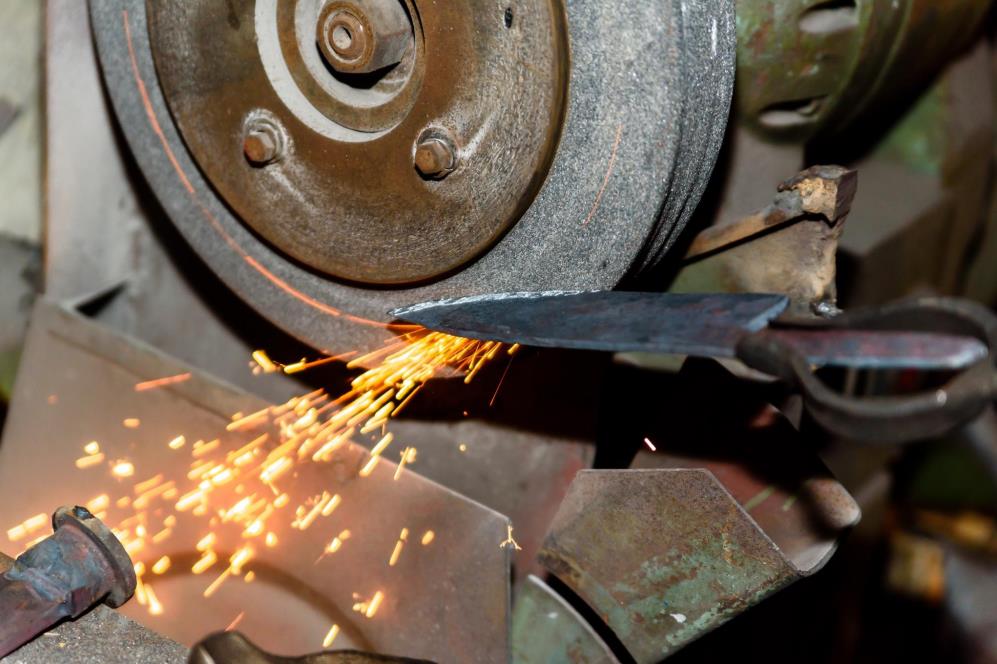
K110 steel’s characteristics define its value for knife-making. Below, we break down its key properties to help both beginners and experts understand its strengths:
- Hardness (58-62 HRC): Measured on the Rockwell Hardness Scale, K110’s high hardness ensures a sharp, durable edge that resists wear. However, it can be brittle if not heat-treated properly, so precise crafting is key.
- Edge Retention: Good to Excellent: Thanks to its high carbon and vanadium content, K110 holds a sharp edge longer than mid-range steels like 8Cr13MoV. It performs well but falls short of premium steels like M390.
- Toughness: Moderate: K110 offers a solid balance of toughness and wear resistance among 12% chromium steels, suitable for most knife tasks. For heavy-duty jobs needing extreme toughness, steels like W2 are better.
- Corrosion Resistance: Moderate: With 11.30% chromium, K110 isn’t stainless but resists corrosion better than some steels in specific conditions (e.g., 20% acetic acid). Regular cleaning and oiling are needed, especially in humid environments. For low-maintenance options, try stainless steels like 14C28N.
- Sharpenability: Difficult: Its high hardness and carbide content make sharpening tough, requiring ceramic or diamond tools. Compared to modern super steels like M390, it’s slightly easier but still challenges novices. Easier options include AUS-8.
- Wear Resistance: Good: The 0.75% vanadium and 1.55% carbon form hard carbides, giving K110 good wear resistance, though not at the level of top-tier steels.
These properties make K110 a versatile, high-performing steel for users who prioritize sharpness and durability over low maintenance..
Best Uses for K110 Steel Knives
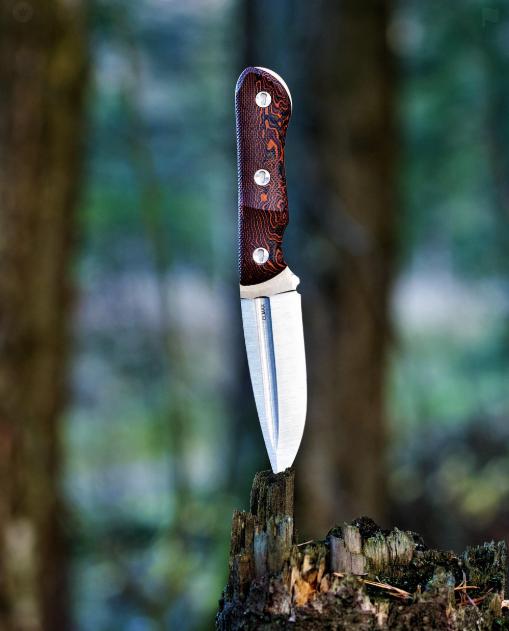
K110’s versatility shines in:
- Everyday Carry (EDC) Knives: Its edge retention and toughness make it ideal for daily tasks like opening packages, cutting rope, or preparing food on the go.
- Custom Knives: Many makers choose K110 for its workability and performance, crafting high-quality blades tailored to specific needs.
- Chef’s Knives: In the kitchen, K110’s sharpness and edge retention excel, though it needs care to avoid corrosion, as noted in our carbon steel care guide.
- Tactical and Outdoor Knives: For survival or tactical use, K110 handles tough tasks well, though it’s not suited for heavy chopping—try 5160 steel for that.
- Hunting and Fishing Knives: Its edge retention and wear resistance are perfect for field dressing game or preparing fish, per our fillet knife guide.
- Industrial Applications: K110 is also used in heavy cutting tools, efficient shear cold stamping dies, cutting shears, sheet metal cutting, circular hobs, deep drawing dies, and cold extrusion dies.
Precise heat treatment—quenching at 1030-1070°C with multiple tempering cycles—is vital to unlock K110’s optimal balance of properties.
Buy Wholesale Knives and Start Scaling up with Us Today
Contact us and connect with a sales rep to get a free quote.
K110 Steel vs. Other Steels
Comparing K110 to D2, 14C28N, and M390:
| Steel | Hardness (HRC) | Edge Retention | Toughness | Corrosion Resistance | Sharpenability | Price |
|---|---|---|---|---|---|---|
| K110/D2 | 58-62 | Good to Excellent | Moderate | Moderate | Difficult | Medium |
| 14C28N | 58-62 | Good | Moderate | Excellent | Moderate | Low-Medium |
| M390 | 60-62 | Excellent | Moderate | Excellent | Difficult | High |
K110 Steel vs. D2
K110 is Bohler’s take on D2 steel, sharing the same material number (1.2379). Their performance is identical in hardness, edge retention, and toughness, so the choice often hinges on brand or availability.
K110 Steel vs. 14C28N
14C28N is a stainless steel with excellent corrosion resistance and easier sharpening, ideal for wet environments. K110, however, offers better edge retention. For low maintenance, pick 14C28N; for cutting performance, go with K110.
K110 Steel vs. M390
M390, a premium powder metallurgy steel, boasts superior edge retention and corrosion resistance thanks to its uniform carbide distribution. K110 is a budget-friendly alternative with solid performance for cost-conscious users.s.
K110 Steel Price
K110 steel balances cost and performance. Raw K110 sits in the mid-range for tool steels, cheaper than premium options like M390 or S35VN but pricier than budget steels like 8Cr13MoV. Knives typically range from $50 to $150, depending on maker and design:
- Basic K110 EDC folder: ~$50-$80
- Premium custom K110 fixed blade: ~$100-$150
Raw material prices fluctuate between $650 and $1,100 per ton based on supplier and form, making K110 a smart investment for its high-end traits.
Why Choose K110 for Custom Knives
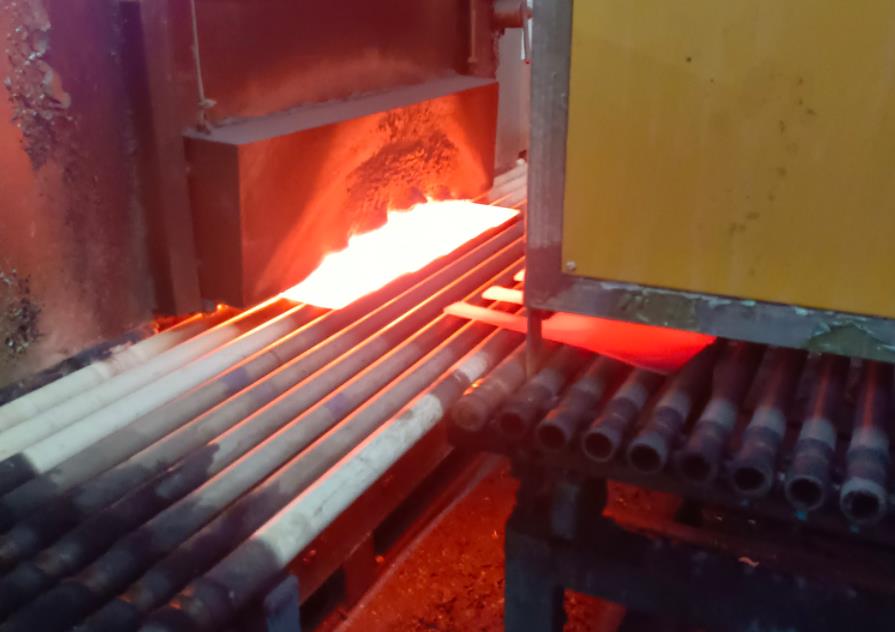
Selecting the right steel is key for a custom knife that fits your needs. K110 stands out for:
- Cost-Effective Performance: It delivers near-premium results at a fraction of the cost of steels like M390, perfect for budget buyers.
- Versatility: Its balanced properties suit designs from EDC knives to tactical blades.
- Workability: K110 shapes easily, enabling intricate, personalized designs.
- Durability: Good wear resistance and edge retention ensure long-lasting knives with less sharpening.
At Kegani, we use K110’s strengths to craft knives to your exact specs, blending function and personalization. Check out our OEM services to start your project.
Conclusion
K110 steel provides excellent performance at a reasonable price, making it a top choice for knife enthusiasts. Whether for daily use or custom projects, it delivers.
Ready to try K110 steel? LeeKnives offers high-quality custom knife services to meet your unique needs. Contact us for a quote and start your knife customization journey!
